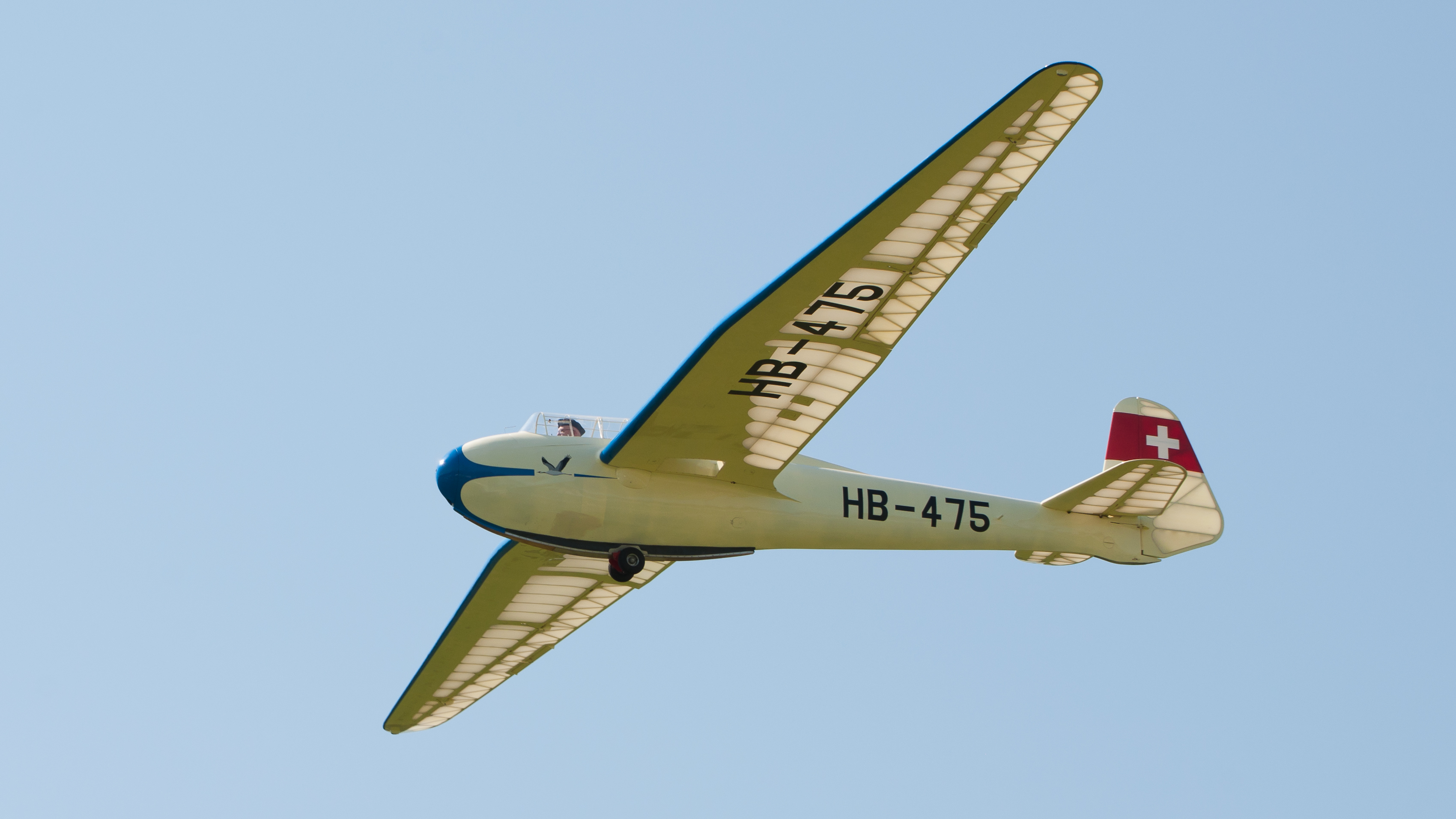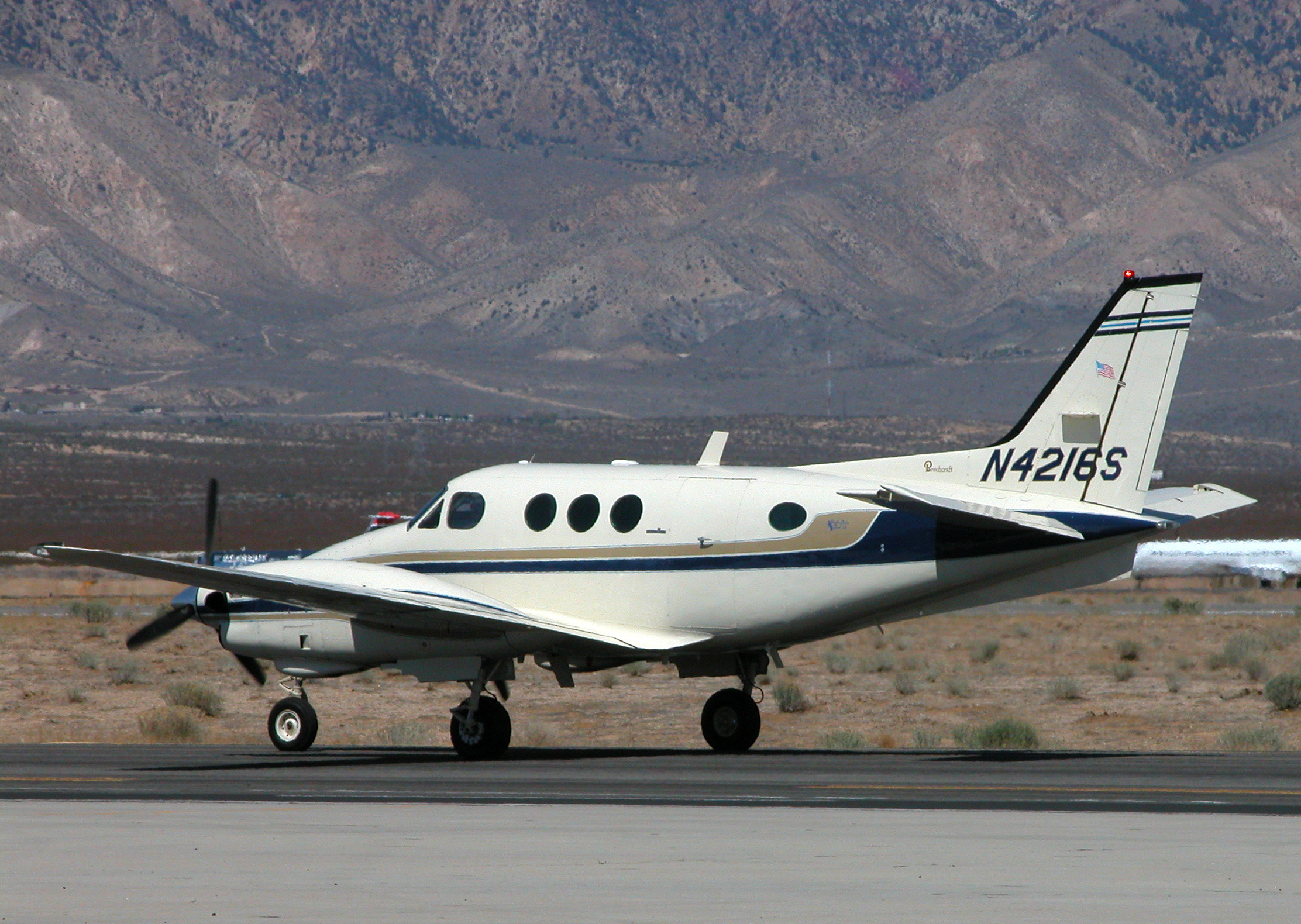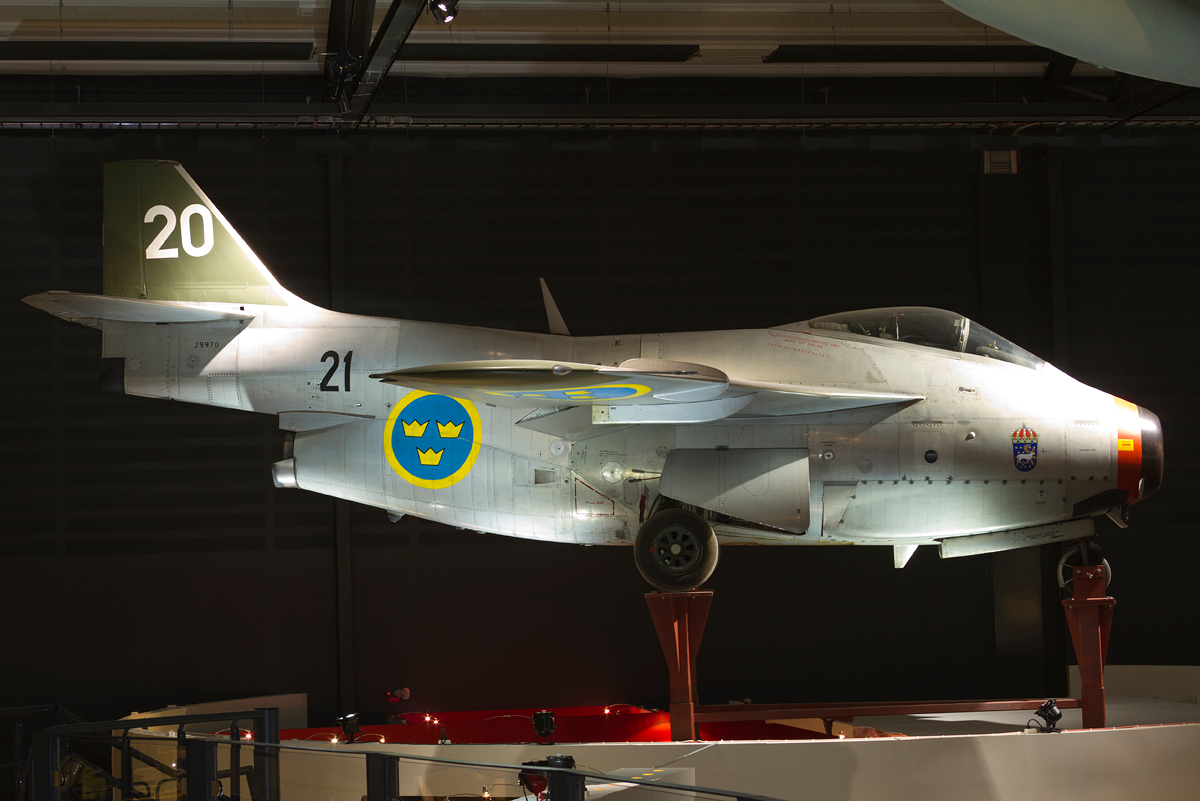|
Norrbotten Wing
Norrbotten Wing ( sv, Norrbottens flygflottilj), also F 21 Luleå, or simply F 21, is a Swedish Air Force wing with the main base located in Luleå Airport in northern Sweden. It is one of the three remaining wings in Sweden and currently has two squadrons of multirole aircraft. F 21 in the north and F 17 in the south are the two wings remaining to have operational squadrons. F 7 is a school where pilots begin their training in the JAS 39 Gripen. Once completed the pilot's training is moved out to the two operational wings where they acquire their final training. History Parts of the Swedish helicopter forces are today stationed at F 21 with MEDEVAC in subarctic climate as its main task. The wing uses the coat of arms of Luleå as the emblem. F 21 currently operates two HKP 10B in Afghanistan. F 21 figures in the crime novel ''The Red Wolf'' by Liza Marklund. Current fleet: * JAS 39 Gripen * NHIndustries NH90 (HKP 14) Heraldry and traditions Coat of arms The unit's first coat ... [...More Info...] [...Related Items...] OR: [Wikipedia] [Google] [Baidu] |
Boeing Vertol CH-46 Sea Knight
The Boeing Vertol CH-46 Sea Knight is a medium-lift tandem-rotor transport helicopter powered by twin turboshaft engines. It was designed by Vertol and manufactured by Boeing Vertol following Vertol's acquisition by Boeing. Development of the Sea Knight, which was originally designated by the firm as the Vertol Model 107, commenced during 1956. It was envisioned as a successor to the first generation of rotorcraft, such as the H-21 "Flying Banana", that had been powered by piston engines; in its place, the V-107 made use of the emergent turboshaft engine. On 22 April 1958, the V-107 prototype performed its maiden flight. During June 1958, the US Army awarded a contract for the construction of ten production-standard aircraft, designated as the YHC-1A, based on the V-107; this initial order was later cut down to three YHC-1As though. During 1961, the US Marine Corps (USMC), which had been studying its requirements for a medium-lift, twin-turbine cargo/troop assault helicopter, ... [...More Info...] [...Related Items...] OR: [Wikipedia] [Google] [Baidu] |
DFS Weihe
The DFS Weihe (English: ''Harrier'') is a German single-seat, high-wing, 18 metre wingspan, high-performance glider that was designed by Hans Jacobs in 1937-38. Design and development Jacobs designed the Weihe to be the pre-eminent performance glider of its era and indeed it captured many championships and set many records, until its performance was surpassed at the end of the 1950s. Even today it is considered one of the "classic sailplane designs". The Weihe is of wooden construction with fabric covering on the wing trailing edges and the control surfaces. The spar is built from Baltic Pine, with a birch leading edge D-box, fuselage and the fixed portions of the tail surfaces. The airfoil is a modified Gö 549-M.2 section. Early versions took off from a dolly and landed on a fixed skid, while later versions has a fixed wheel and skid undercarriage. Originally fitted with DFS-style airbrakes, some were later modified for Schempp-Hirth style brakes instead. The aircraft incor ... [...More Info...] [...Related Items...] OR: [Wikipedia] [Google] [Baidu] |
DFS Kranich
The DFS Kranich is a type of German glider. It was developed by Hans Jacobs for the Deutsche Forschungsanstalt für Segelflug (DFS). History Series production of the Kranich (Crane) took place in the aircraft division of Karl Schweyer AG in Mannheim. The two-seater was, in its version 2, the most widely built two-seat glider in Germany from 1935 to 1939. Several hundred examples were built; exact numbers are not known. On 11 October 1940 Erich Klöckner in a Kranich achieved the record height in a glider of 11,460 m (37598 ft). Because it occurred in wartime, the altitude record was not recognized by the Allied occupying powers, and Klöckner only received official recognition by the Fédération Aéronautique Internationale (FAI) in the late 1990s.aerokurier magazine 1/1999: Erich Klöckners Vorstoß zur Tropopause, Motor Presse 1999 This record height was only exceeded ten years after the flight by the American Bill Ivans during a similar scientific program in the Sierra Ne ... [...More Info...] [...Related Items...] OR: [Wikipedia] [Google] [Baidu] |
Schneider Grunau Baby
The Schneider Grunau Baby was a single-seat sailplane first built in Germany in 1931, with some 6,000 examples constructed in some 20 countries. It was relatively easy to build from plans, it flew well, and the aircraft was strong enough to handle mild aerobatics and the occasional hard landing. When the Baby first appeared, it was accepted wisdom that the pilot should feel as much unimpeded airflow as possible, to better sense rising and falling currents of air and temperature changes etc. It was designed by Edmund Schneider with the assistance of Wolf Hirth and Hugo Kromer as a smaller version of Schneider's ESG 31 of the previous year, incorporating an elliptical wing design based on work done by Akaflieg Darmstadt. It was named after Grunau, the town where Schneider's factory was located, now Jeżów Sudecki in Poland. The first 14 inner ribs were of the Göttingen 535 shape with the outer ribs gradually changing up to the last 22nd rib, having a bi-convex and symmetric ... [...More Info...] [...Related Items...] OR: [Wikipedia] [Google] [Baidu] |
DFS SG 38 Schulgleiter
The Schneider DFS 108-14 SG-38 ''Schulgleiter'' () is a German high-wing, cable-braced, single-seat primary glider that was designed by Schneider, Rehberg and Hofmann at Edmund Schneider's factory at Grunau in 1938, hence the designation. It was produced by several builders, including Deutsche Forschungsanstalt für Segelflug (DFS). Design and development The SG 38 was designed to be a training glider for basic flight training by the Nationalsozialistisches Fliegerkorps (NSFK). The usual launch method was by bungee cord from a sloped hill. Because training was conducted solely by solo flight the aircraft had to be very easy to fly and also easy to repair. The high-wing design uses a kingpost and cable bracing. The primary structure of the glider is of wood, with the wings, tail surfaces and inverted "V" kingpost all finished in doped aircraft fabric covering. The pilot sits on a simple seat in the open air, without a windshield. The basic configuration was similar to earli ... [...More Info...] [...Related Items...] OR: [Wikipedia] [Google] [Baidu] |
Beechcraft King Air
The Beechcraft King Air is a line of American utility aircraft produced by Beechcraft. The King Air line comprises a number of twin-turboprop models that have been divided into two families. The Model 90 and 100 series developed in the 1960s are known as King Airs, while the later T-tail Model 200 and 300 series were originally marketed as Super King Airs, with the name "Super" being dropped by Beechcraft in 1996 (although it is still often used to differentiate the 200 and 300 series King Airs from their smaller stablemates). The King Air was the first aircraft in its class and was produced continuously from 1964 to 2021. It outsold all of its turboprop competitors combined. It has recently faced competition from jet aircraft such as the Embraer Phenom 100, Honda HA-420 HondaJet and Cessna Citation Mustang; as well as from newer turboprop aircraft including the Piaggio P180 Avanti, and single-engine Piper Malibu Meridian, Pilatus PC-12, and Socata TBM. Development Mod ... [...More Info...] [...Related Items...] OR: [Wikipedia] [Google] [Baidu] |
Cessna 402
The Cessna 401 and 402 are a series of 6 to 10 seat, light twin-piston engine aircraft. This line was manufactured by Cessna from 1966 to 1985 under the name Utiliner and Businessliner.Montgomery, MR & Gerald Foster: ''A Field Guide to Airplanes, Second Edition'', page 108. Houghton Mifflin Company, 1992. All seats are easily removable so that the aircraft can be used in an all-cargo configuration. Neither the Cessna 401 nor the 402 were pressurized, nor were they particularly fast for the installed power. Instead, Cessna intended them to be inexpensive to purchase and operate. Development The Cessna 401 and 402 were developed to be non-pressurized twin engine piston aircraft. Their goal was to be a workhorse, useful to cargo and small commuter airlines among other users. The Cessna 401 and 402 were developments of the Cessna 411. One goal for the Cessna 401/402 was to improve upon the very bad single engine handling of the Cessna 411.Aviation Consumer's Used Aircraft Gui ... [...More Info...] [...Related Items...] OR: [Wikipedia] [Google] [Baidu] |
Percival Pembroke
The Percival Pembroke is a British high-wing twin-engined light transport aircraft built by the Percival Aircraft Company, later Hunting Percival. Development The Pembroke was a development of the Percival Prince civil transport. It had a longer wing to permit a higher fully laden weight. The prototype flew on 21 November 1952. Production was complete in early 1958. Operational history It entered service with the Royal Air Force as the Percival Pembroke C.1 in 1953 to replace the Avro Anson for light transport duties. As with other RAF transports, the passenger seats are rearward-facing for improved safety. Six were produced as the Pembroke C(PR).1 photographic reconnaissance aircraft. These saw use by No. 81 Squadron RAF during the Malayan Emergency. The RAF's Pembrokes were modified to extend their lifespan in 1970. The last unit to use them was No. 60 Squadron RAF based at RAF Wildenrath in Germany, these were withdrawn from use in 1988 and were replaced by the Haw ... [...More Info...] [...Related Items...] OR: [Wikipedia] [Google] [Baidu] |
Beechcraft Model 18
The Beechcraft Model 18 (or "Twin Beech", as it is also known) is a 6- to 11-seat, twin-engined, low-wing, tailwheel light aircraft manufactured by the Beech Aircraft Corporation of Wichita, Kansas. Continuously produced from 1937 to November 1969 (over 32 years, a world record at the time), over 9,000 were built, making it one of the world's most widely used light aircraft. Sold worldwide as a civilian executive, utility, cargo aircraft, and passenger airliner on tailwheels, nosewheels, skis, or floats, it was also used as a military aircraft."Beechcraft D18S Twin Beech." '''' of the |
Saab 29 Tunnan
The Saab 29 ''Tunnan'', colloquially ''Flygande tunnan'' or just ''Tunnan'' ( en, "The flying barrel", "The barrel"),. is a Swedish fighter that was designed and manufactured by Saab in the late 1940s. It was the second turbojet-powered combat aircraft to be developed in Sweden, the first being the Saab 21R, and it was the first Western European fighter to be produced with a swept wing post World War II, only being preceded in Western Europe as a whole by the Me 262 built during the war.Boyne 2002, p. 547."1940s." ''Saab'', Retrieved: 27 March 2016. Despite its rotund appearance, from which its name is derived, the J 29 was fast and agile and served effectively in both fighter and roles into th ... [...More Info...] [...Related Items...] OR: [Wikipedia] [Google] [Baidu] |
North American P-51 Mustang
The North American Aviation P-51 Mustang is an American long-range, single-seat fighter aircraft, fighter and fighter-bomber used during World War II and the Korean War, among other conflicts. The Mustang was designed in April 1940 by a team headed by James H. Kindelberger of North American Aviation (NAA) in response to a requirement of the British Purchasing Commission. The Purchasing Commission approached North American Aviation to build Curtiss P-40 Warhawk, Curtiss P-40 fighters under license for the Royal Air Force (RAF). Rather than build an old design from another company, North American Aviation proposed the design and production of a more modern fighter. The prototype NA-73X airframe was rolled out on 9 September 1940, 102 days after the contract was signed, and first flew on 26 October. The Mustang was designed to use the Allison V-1710 engine, which had limited high-altitude performance in its earlier variants. The aircraft was first flown operationally by the RAF a ... [...More Info...] [...Related Items...] OR: [Wikipedia] [Google] [Baidu] |







